The island whose art is finding a place in the sun
A
s Cuba’s relations with the US thaw, the Caribbean island’s art is also coming in from the cold.
There are said to be more artists in Cuba per head of population than in any other country. Vibrant work spills out everywhere and anywhere: it’s on walls and pavements, in homes and warehouses.
In Cuba’s state and private galleries, professionals from long-established and highly-regarded academies rub shoulders with self-taught artists. The highly-esteemed contemporary scene is showcased at the Havana Biennale, and the main historic movements are represented in Havana’s Museo Nacional de Bellas Artes.
Early works include costumbrismo paintings, a genre introduced from colonial Spain that spread throughout Latin America in the early 19th century. At the time, costumbrismo seemed to herald a new realism by concentrating on the details of ordinary life, although in truth it was highly idealised. Today the genre has come to embrace the peasant life and folkloric themes typified by Oscar García Rivera (1916-1971).
By the 1920s, Cuba had its own avant garde movement, the Vanguardia, in which European Cubism, Surrealism and Primitivism were blended with Cuban art: a Cuban Cubism.
Leading artists, particularly graduates of the elite Academy of San Alejandro, sought inspiration from Europe’s cultural centres, particularly Madrid and Paris. This produced some of Cuba’s most celebrated artists, including Eduardo Abela (1889-1965), who was influenced by Chagall and Mexican murals.
Towards the end of the 20th century, in post- revolutionary Cuba, home-grown and often self-taught art asserted itself. Folk, naïve and primitive styles developed. These densely patterned and coloured works, often depicting enjoyment of life despite hardship, are usually devoid of classically taught perspective and scale.
One of the best known folk art collectives to emerge around this time was the Grupo Bayate, founded in 1994 by Luis Rodríguez Arias (b.1942).
During the late 20th century, the Cuban avant garde moved towards Hyperrealism, and artists including Manuel Mendive (b.1944) started working in conceptual art. Mendive is considered Cuba’s foremost living artist and has exhibited worldwide. His works, which include performance and soft sculpture, draw on Cuba’s African heritage.
Cuban art can be found throughout the US. There are dedicated spaces in the Cuban Foundation Museum in Florida, which controversially houses the collection of the former dictator General Fulgencio Batista, overthrown by Fidel Castro in 1959. The Bronx Museum of the Arts in New York has a continuing collaboration with the Museo Nacional de Bellas Artes.
The market in Cuban art is burgeoning, as contemporary and established Cuban names draw collectors and art lovers from around the globe. The fame of these artists can only grow.
F
or the past 10 years, WPP’s Annual Reports have drawn visual inspiration from different geographical markets important to our clients and our companies. Since 2005, we have looked to artists from India, China, Africa, Brazil, the US, Eastern Europe, the UK, Indonesia, Mexico and last year, Africa again, for our visual cue.
This year we focus on Cuba, having become the first major international communications services group with a presence on the island.
WPP is looking to deliver all its communications and marketing services according to the specifics of the Cuban market and seeks to contribute to the economic development of the island.
WPP, and our global network of agencies, are working to provide our international clients with strategic counsel on the institutional and economic environment in Cuba, as well as advice and guidance in planning for eventual Cuba market entry and brand visibility on the island nation. In these areas, the Group will deliver its services in collaboration with front-rank local companies as well as promoting foreign projection of the products and services generated from Cuba.
Gallery
Natica Betares
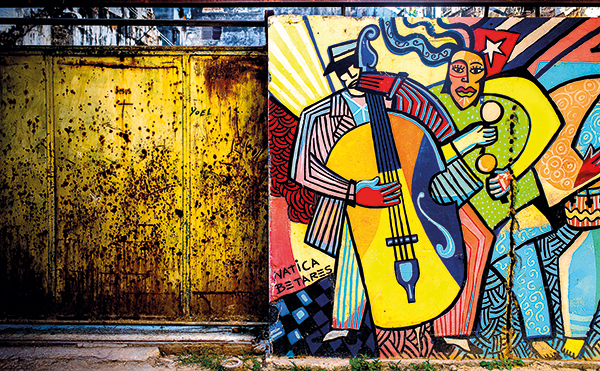
Colourful mural
Eduardo Abela
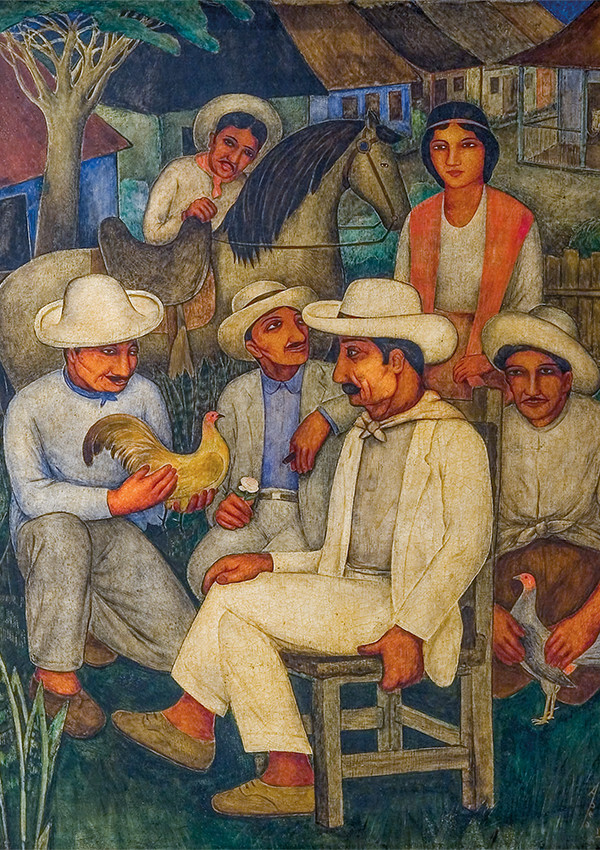
Guajiros (Peasants)
Nicola Heindl
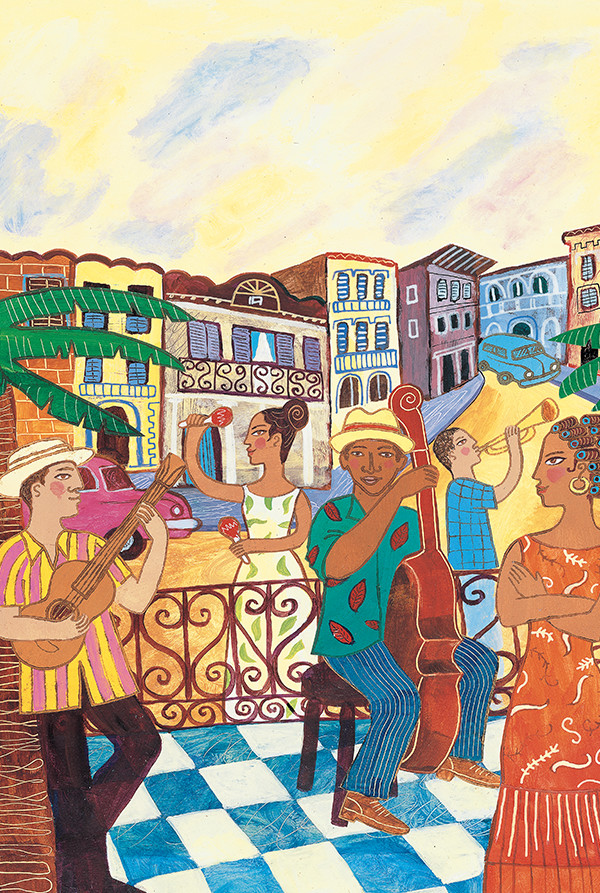
Artwork from the CD
Alberto Peña
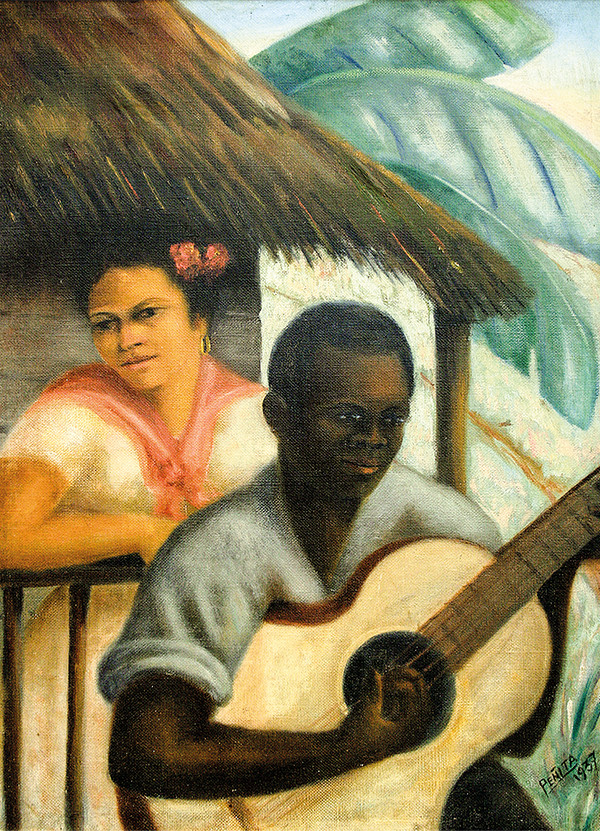
Despertar (Awaking)
Yanelys Saavedra
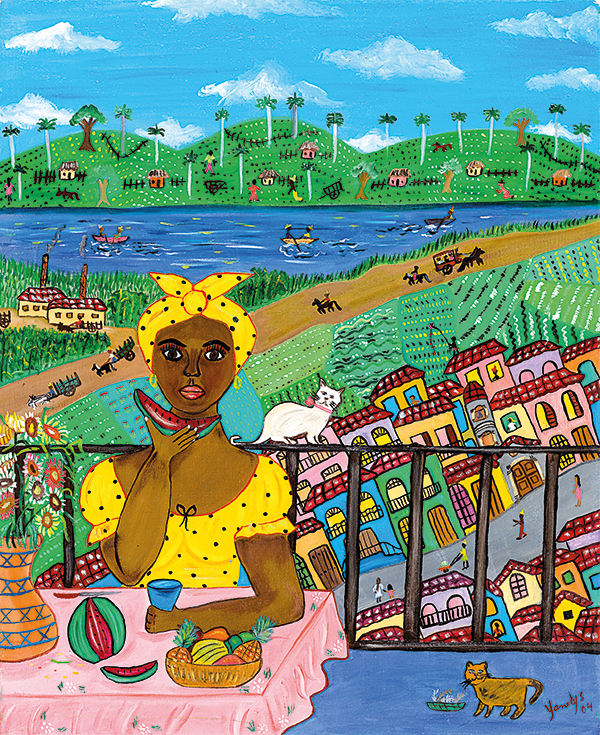
From My Balcony
Javier Gonzalez Gallosa
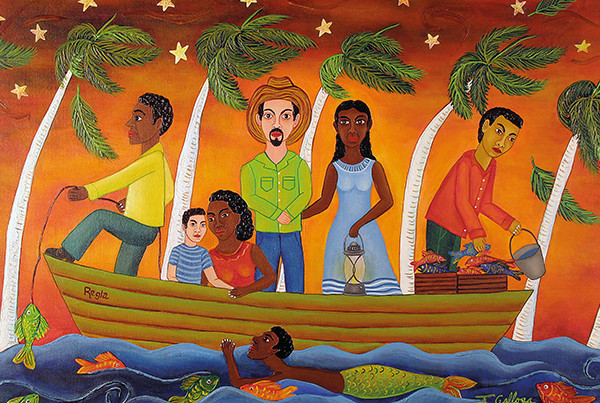
Pescando (Fishing)
Luis Joaquin Rodriguez Arias
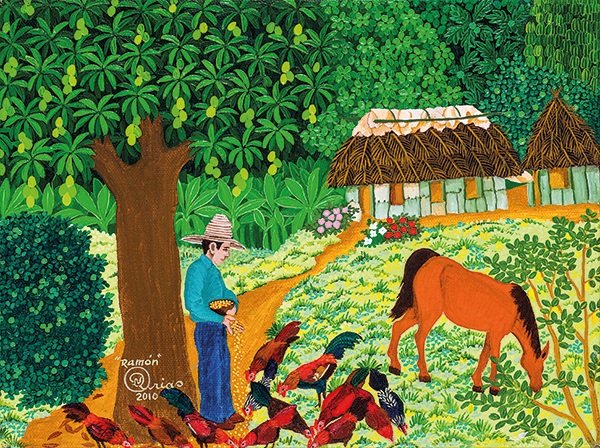
Ramón
Mario Sánchez
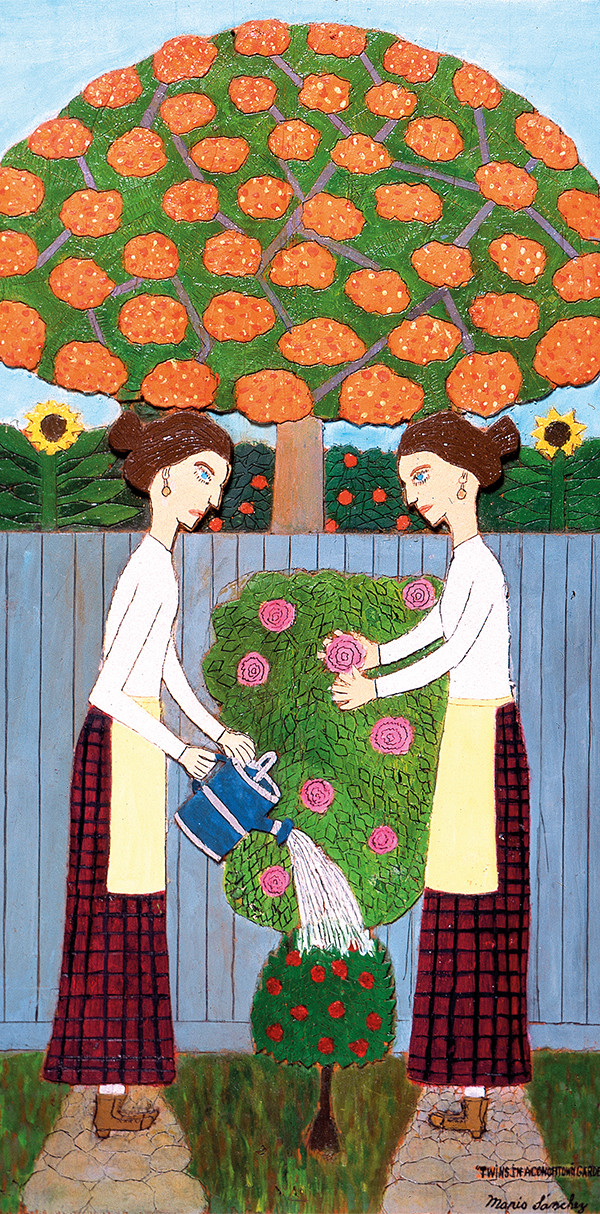
Twins in Conch Town Garden
Oscar García Rivera
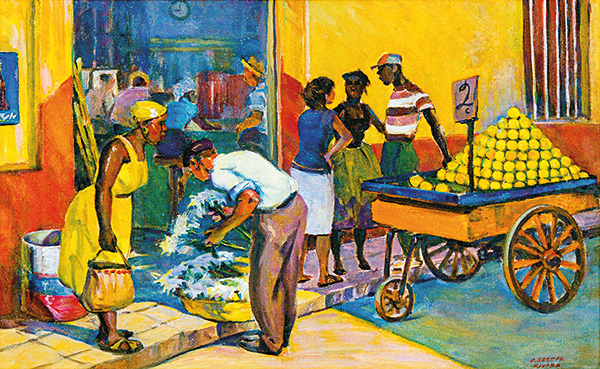
Vendedores Callejeros en la Habana Vieja (Street Vendors in Old Havana)
Manuel Mendive
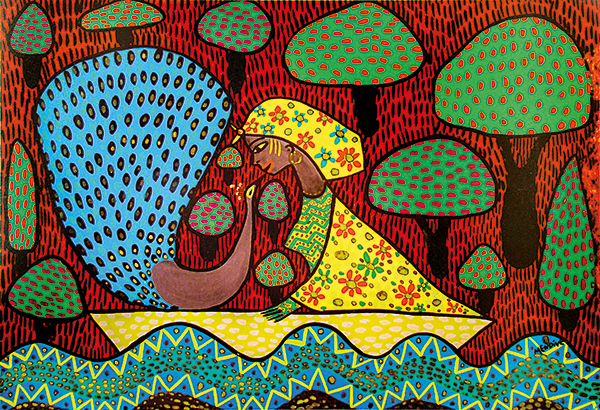
Oshun